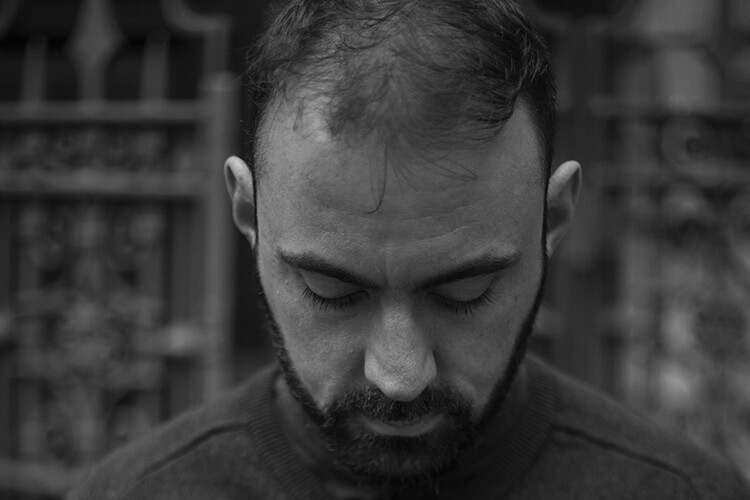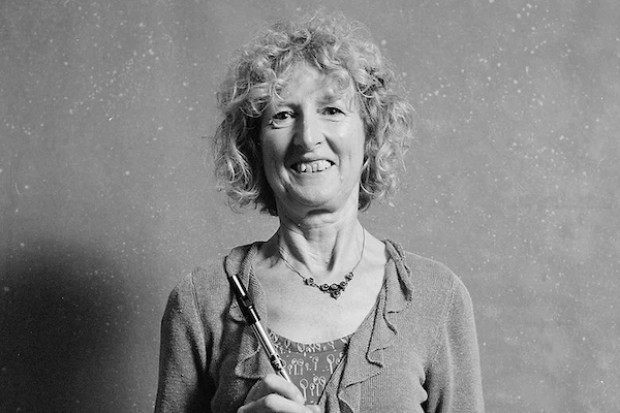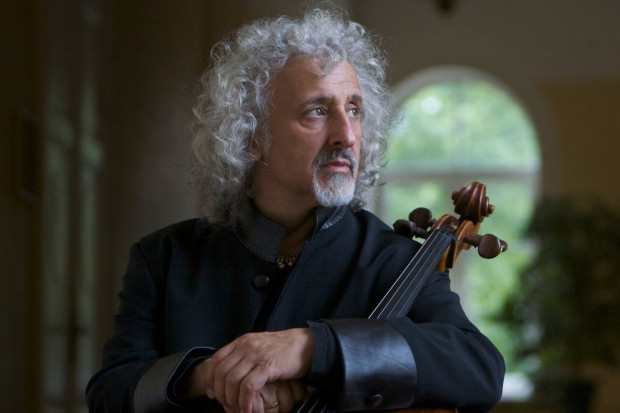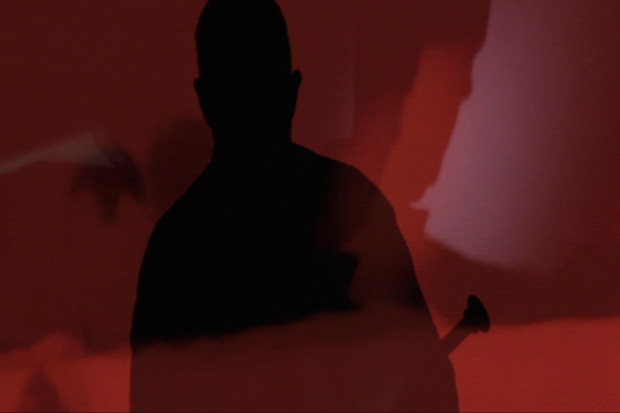
Conor Caldwell
Reimagining Belfast
Conor Caldwell’s 2016 fiddle recording with Danny Diamond, North, was edgy and meditative, the emphasis on raw, spontaneous, unaccompanied duets.
Albums such as North appear to be a response to what writer Alex Ross calls the ‘cult of precision’ in modern recorded music; scrapes and the sense of a live performance are in, concern about technical perfection is out.
But North had more too – a creative use of double stopping and harmony to accompany each other’s fiddle, and real freedom in some of the melodies, such as ‘The Irish Washerwoman’, where the two fiddles pause on a high note, completely stopping the famous jig in its tracks.
Caldwell’s new solo album, To Belfast…, contains nine tracks, and while there is solo fiddle playing, there is also electronics, free improvisation, recordings of nature, sound manipulation and more.
The album is in part inspired by Edward Bunting, the 19-year old Armagh organist who, in 1792, attended the Belfast Harp Festival and notated as best he could the music of 11 harpers. Documenting the last embers of the ancient Irish harping tradition became Bunting’s life’s work, and his several collections are at the heart of the modern Irish harping resurgence today.
Caldwell combines the inspiration of Bunting with affection for his home, Belfast. He writes on the sleeve notes: ‘The Belfast which Bunting and his friends imagined is one which I believe is slowly coming to fruition’.
Endearing charms
The album begins with a version of the song ‘Eibhlín a Rúin’ with an electronic wash created by Kevin McCullagh as accompaniment. Caldwell’s fiddle-playing is plaintive, vulnerable; with a minimum of ornamentation, he leans on notes and double-stops, stretching the tonality to add to the atmosphere.
From there, the tracks generally become shorter. ‘Let Erin Remember’, a version of a tune from an 1840 Bunting manuscript, is similarly wistful. He begins with pizzicato accompaniment, then plucks the tune also, before bowed melody and electronics come in. ‘Believe Me if all those endearing charms’ is reminiscent of North, a set of solo fiddle inspired by Tommy Potts, gradually bringing in drones and harmony, yet just as it starts to develop compositionally it surprisingly stops.
Tuning preludes
‘MS 6 No. 4: 1’ is a solo of three tunes from the Bunting manuscripts (which are held in Queen’s University), but while the fiddle-playing is engaging, the recording really stretches the rough aesthetic, with the fiddle aurally moving away from the mic. ‘Prelude’ feels like one of the more developed pieces and offers an excellent chance to hear Caldwell’s free style. Based on the tuning preludes that Bunting noted down from the oldest harper, Denis Hempson, Caldwell’s piece winds through improv, jig, improv, march, before ending with fragments of the prelude again.
‘A Walk in the Park’ is two minutes and fourteen seconds of electronic reflection, mixing bird song and manipulated notes from the fiddle. It seems closest to Caldwell’s theme of affection for Belfast, but again it draws to a close just as you begin to perceive the different sounds.
‘An Art Revealed Brings Shame’ and ‘Bunting at the Belfast Harpers’ Festival 1792’ are short compositional sketches, the latter featuring Tess Taylor reading her poetry. Here we have a line which seems to have resonance for the whole album: ’…some people say Ireland can be a new country’.
There is much to be said about Belfast musically, but the tracks on To Belfast… feel like they needed more gestation. Many seem short at two or three minutes, and more could have been done with the musical material and concepts that Caldwell has come up with. Is there strength in brevity? Perhaps, but I found myself returning to the slightly longer opening track ‘Eibhlín a Rúin’. Here there is melancholy and simplicity combined with intent that seems to capture the mix of history and aspiration that lies deep within this album.
To Belfast… will be launched at the Black Box in Belfast on 13 May. Visit www.movingonmusic.com.
Published on 2 May 2018
Toner Quinn is Editor of the Journal of Music. His new book, What Ireland Can Teach the World About Music, is available here. Toner will be giving a lecture exploring some of the ideas in the book on Saturday 11 May 2024 at 3pm at Farmleigh House in Dublin. For booking, visit https://bit.ly/3x2yCL8.













